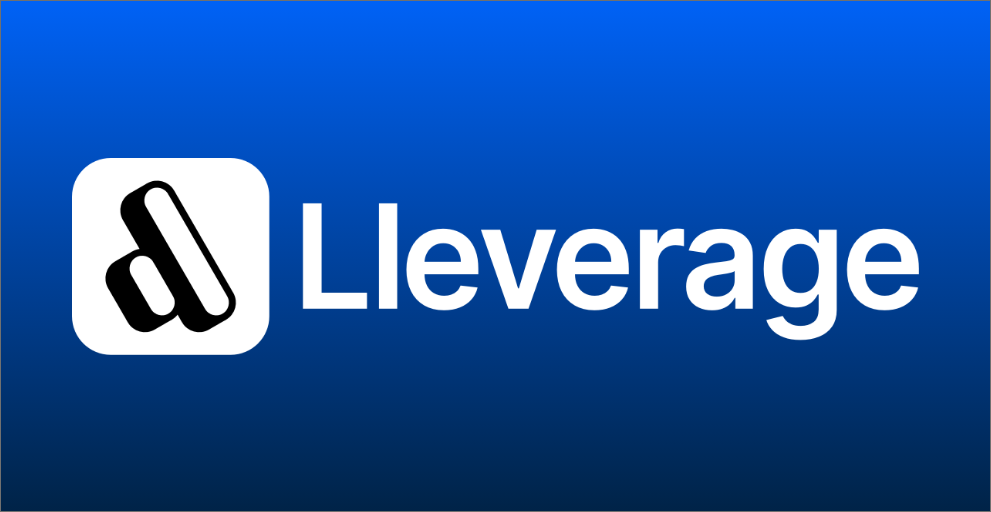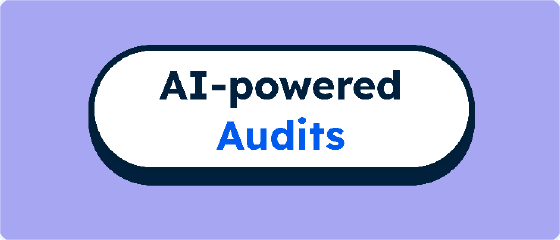
Unlocking Trust through Compliance Metadata
Learn how Pillar seeks to build trust at scale by enabling the Trust Triangle of enterprises, third-party suppliers, and advisors, to better collaborate.
In this post, we introduce Pillar: a trailblazing solution that uses Compliance Metadata to strengthen the 'Trust Triangle' and revolutionize the way trust and compliance are managed at scale.
But first let's review the context in which a solution like Pillar became necessary...
In the ever-evolving landscape of compliance and trust, we find ourselves facing a persistent challenge – the disconnect between the three key parties to the Trust Triangle: Enterprises, their Third-Party Suppliers, and Advisors.
Enterprises are accountable to regulators and the public for complying with regulations and managing risks. Their obligations extend throughout their supply chains; covering aspects like cybersecurity, privacy, financial risk, environmental and social factors; underpinned by corporate governance.
In short, they need to be careful about which third-parties they choose to work with.
Third-Party Suppliers include enterprise software vendors, service providers, partners, portfolio companies, and other collaborators. They often need to satisfy onerous questionnaires, and/or mandates to comply with various industry standards and undergo independent audits, all of which gives rise to long procurement cycles.
While enterprises often represent their "dream customers," it's not always a straightforward process for them to be able to do business (especially for new players like startups).
Advisors include audit and consulting firms that work with both enterprises and third-party suppliers to enable and verify the compliance of each party under their respective obligations.
These parties each operate in their silos, speaking their own languages while navigating complex compliance requirements and obligations. There is little to no connectivity between them.
The Problem Statement
The current state of compliance and trust in the market is far from efficient. Enterprises rely heavily on questionnaires and vendor audits to gauge compliance, leading to redundant assessments and increased costs.
These issues are exacerbated by the plethora of compliance frameworks available, often causing confusion and misalignment with enterprise needs.
Reports of hundreds of pages are issued, and yet trust can remain elusive and procurement cycles long.
While due diligence is critical, it should also be as efficient as possible to enable positive commercial outcomes.
It doesn't need to be a punishing experience that may disincentivize future attempts at collaboration.
Market Inefficiencies
Market inefficiencies abound, from consultants struggling to understand businesses due to manual processes, to inconsistencies in the quality of compliance advisory services.
The rise of automation and standardization have driven mass market adoption by making it easy to achieve standards like SOC 2.
But as individual enterprise requirements are far more comprehensive and complex, it remains deeply disconnected without the Compliance Metadata that recognises the unique nature of each company, their context, their obligations, and the related specific risks and requirements of each enterprise they work with.
Large enterprises focus on Risk. Small companies focus on Frameworks and Controls. Advisors focus on Policies and Tests to sign off Frameworks. These all eventually meet in the middle, but the language barriers along with incompatible “data” leads to obscene inefficiencies at the modern scale of compliance requirements.
The Compliance Metadata Solution
Pillar is our answer to this challenge. At its core, Pillar leverages compliance metadata to connect the three parties to the Trust Triangle.
This metadata consists of six vital and interconnected components:
- Scope: Defining the boundaries of the compliance requirements.
- Risks: Identifying potential risks within that scope and as it relates to each party.
- Frameworks: Mapping out the standards and criteria that address these risks.
- Controls: Establishing the necessary measures unique to each company.
- Tests: Verifying the effectiveness of these controls to mitigate the respective risks.
- Policies: Articulating how risks are managed and controls are implemented.
Pillar: Bridging the Gap
Pillar acts as a bridge, connecting compliance metadata between the three parties. It streamlines the compliance process, reducing redundancies, costs, and confusion.
With Pillar, enterprises can ensure that their compliance requirements are met throughout their supply chain, while advisors benefit from automation, ultimately enhancing the quality and viability of their services.
Pillar has been designed for compatibility with a broad range of existing compliance platforms that excel at integrations, continuous monitoring, task management, and implementation and management of various compliance activities.
Summary
Pillar is poised to revolutionize compliance and trust management. The Trust Triangle can become a unified ecosystem, bringing efficiency, clarity, and reliability to compliance efforts.
Learn more about Pillar here and feel free to book a no-obligation discussion about how you can leverage our technology to strengthen the Trust Triangle.
Read more in this series below and keep an eye out as we delve deeper into the symbiotic relationship between compliance and trust:
- Unlocking trust through compliance metadata
- The future of trust: how compliance paves the path forward
- The cycle of trust: from public concerns to industry adoption
- Navigating the three-sided path to trust and compliance
- Bridging the gap: unifying compliance language across the trust triangle
- Collaboration vs competition in an ever-changing compliance landscape
- The power of using compliance metadata
- The evolution of compliance frameworks







